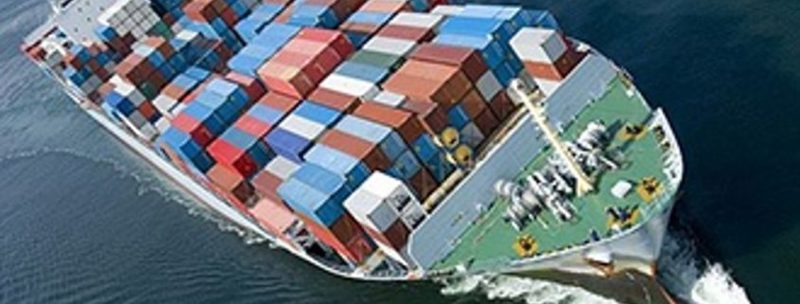Paper must have seemed like a revolutionary medium when it came into use about 2,000 years ago in the East. It certainly beat bamboo or silk as a means of recording what should be in a shipping consignment. We are probably at a similar crossroads now, where digitisation is opening up new opportunities for cost-saving automation, accuracy, speed and vastly-improved efficiency in trade documentation
The bill of lading, for example, has been around for a long time and is likely to remain a key instrument in global trade, issued by a contracting carrier to a shipper. Yet, it too is part of the digital revolution in trade documentation. Just like its paper equivalent, the electronic bill of lading, (eBL) has 3 basic functions:
- A receipt from the carrier for the goods it describes
- The contract for the carriage of the goods
- A document of title, entitling the rightful holder to claim delivery of the goods
And just like a paper bill of lading, the eBL must have only one holder at any time. How, you might ask, can this be ensured, when digital documents are so easily copied? The answer lies firstly in the subscription of participating parties to a legal rulebook that outlines roles and responsibilities enforcing the notion of a transferable singularity and secondly, through the use of a messaging platform and title registry database that ensures that essential element of singularity and that there will be no departure from what the rulebook requires.
The rulebook is a standard common user agreement that parties using eBLs enter into on enrolment. It ensures that all users stick to a common set of legally-binding rules.
The messaging platform meanwhile, replicates the “sending” of the document from party to party and delivers it to the next holder. A title registry attached to the platform records the current holder of the eBL ensuring its uniqueness. The registry can only be updated by the current holder. Without the title registry record, the document has no status and is just a copy of the data.
The eBL fully replicates the functions of a paper bill of lading, containing as it does, the specific data such as a description of the cargo, the ports of loading and discharge, the date of shipment and so forth, along with the terms and conditions of carriage. The new holder takes up the rights in the eBL, subject to the obligations and limitations.
Indeed, the rulebook governs the rights of the new holder, ensuring whoever it is becomes the only party entitled to instruct the carrier. This important right allows the eBL to be used for letters of credit and documentary collections and makes the holder the only party permitted to demand delivery of the cargo from the carrier.
As the advantages of eBLS have become apparent, so they have been recognised around the globe. BIMCO, the well-respected carrier association with a reputation for documentation has issued a standard charterparty clause. Additionally, P&I clubs in the International Group provide as standard protection and indemnity coverage for eBLs on the same basis as paper bills.
The benefits
The benefits of switching to eBLs are almost immediate and lie in speed, ease of use, accuracy and cost. Automation reduces overheads and man-hours, with document transmission constrained only by the speed of the internet, rather than a courier’s logistics.
Fast processing also reduces the likelihood of goods being discharged prior to the arrival of the Bill of Lading, cutting the need for Letters of Indemnity. Now that eBLs have accelerated trade settlements, enterprises have seen improved working capital, accelerated time-to-cash and more effective credit line management.
Many users are also reassured by the fact that the eBL is substantially more secure than its paper equivalent, reducing the risk of fraud, since each eBL enjoys protection from digital signature and encryption technology similar to that used in banking for the transfer of electronic funds. The communication channels for eBLs are also encrypted, audited and tested to internationally-respected standards.
In a world trading system where 24-hour globalisation means there is increasing emphasis on speed, eBLS are already proving indispensable tools as shippers, commodity companies and banks digitise their international trade operations.
When world trade is still precarious, only the leanest and most agile organisations that adopt eBLs as part of their trade finance digitalisation programmes will be able to compete.
